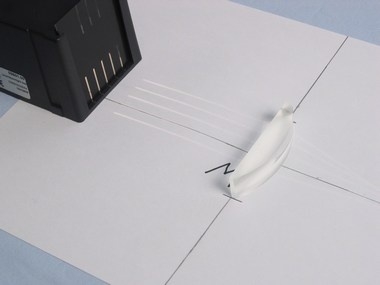Principle
The students become acquainted with one of the most frequent lens defects through this experiment - spherical aberration. This, in conjunction with the experiments on lens combinations, prepares the students for understanding why high quality optical apparatus always contains complex lens systems. In this experiment, the course of parallel light beams close to and far away from the optical axis following refraction by a planoconvex lens is investigated. Thus, the student's knowledge of the refraction of light by a convex lens is strengthened and transferred to new contexts.
The experiment is demanding in terms of the abilities and experimental skills required.Dividing the class into two groups, each of which investigates the path of light beams at different positions relative to the lens, simplifies the performance of the experiment with less able classes.
Benefits
- Multifunctional light box - All-in-one: Can be used for geometric optics on the table, colour mixing and on an optical bench
- Extension with others sets at anytime, no additional light sources needed, recognition value for students
Tasks
What are lens defects? Investigate the path of light beams close to and far away from the optical axis which fall on a planoconvex lens.



